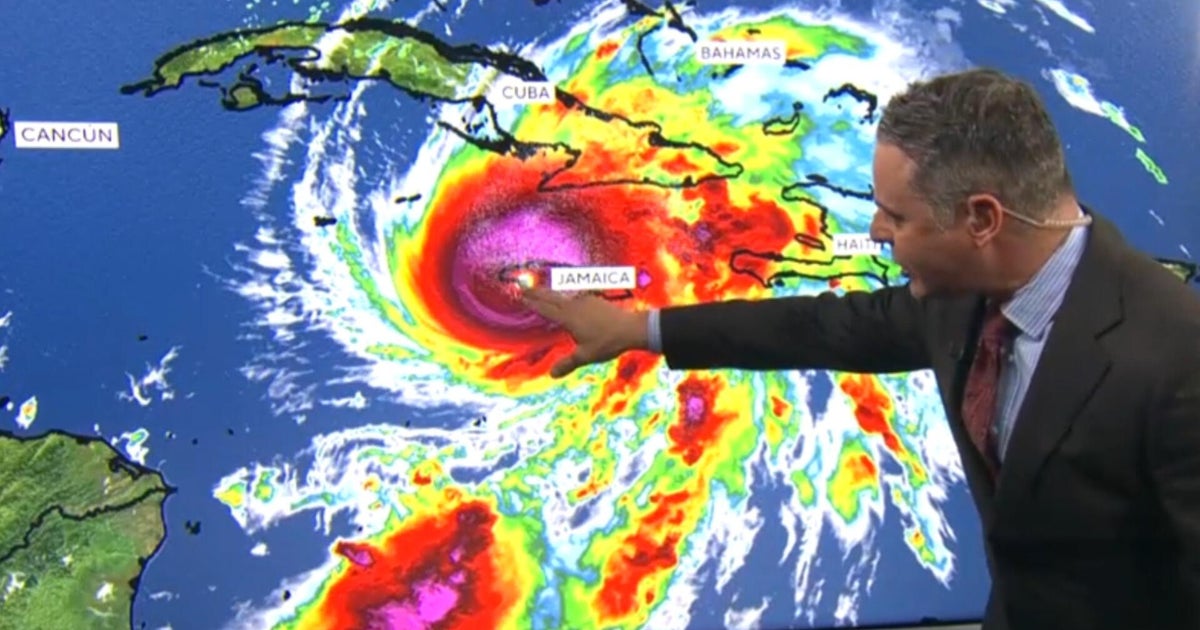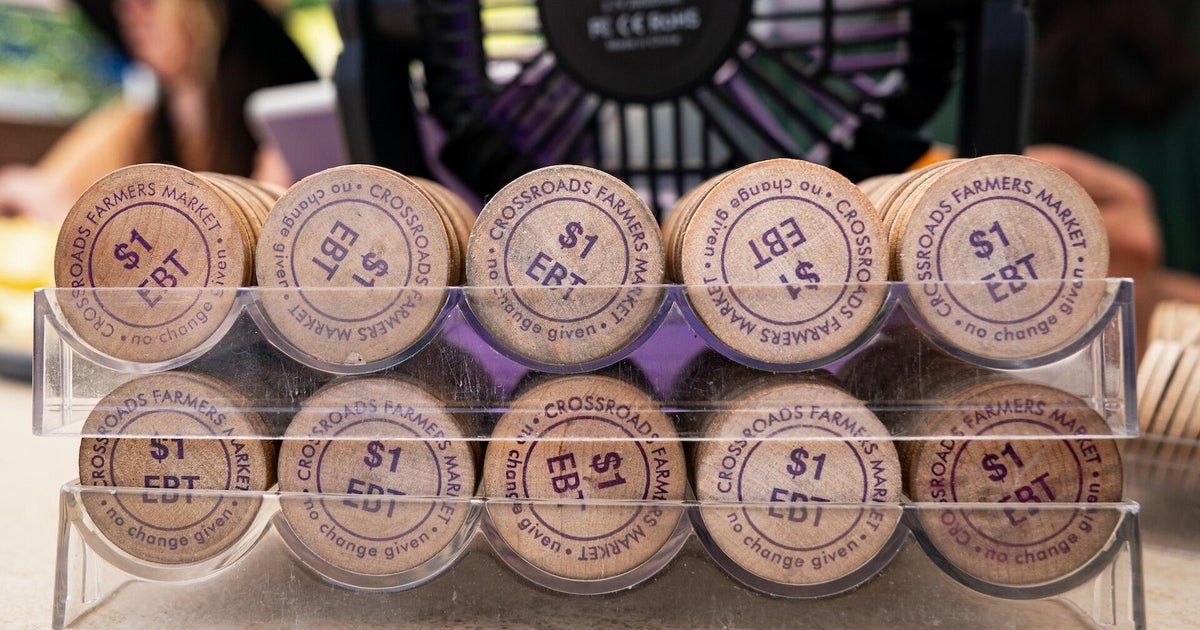Examine, a free weekly newsletter covering science with a sceptical, evidence-based eye, is sent every Tuesday. You’re reading an excerpt – sign up to get the whole newsletter in your inbox.
Seeing her baby, previously full of life, suddenly in hospital on a breathing tube seemed wrong. But there was something else that just did not fit, Bree Whitelegg thought.
“This condition is really rare, isn’t it?” Whitelegg asked Professor Jim Buttery, one of the doctors looking after her son Lucas.

Bree Whitelegg and her son, Lucas, in Mildura.Credit: Ian McKenzie
Buttery nodded. Infant botulism is very dangerous and, thankfully, ultra-rare in Australia.
“Then how come I know two other people in my area who have had it?” Whitelegg replied.
“That … does not make sense,” said Buttery. “We’ll take a look.”
There were just 12 cases of infant botulism in Victoria between 1978 and 2022. Whitelegg knew about three of them, and they were all in her home town: Mildura, in the state’s far north.
A two-year investigation by the Murdoch Children’s Research Institute has now found six other cases in the region. A cluster of an ultra-rare disease.
Whitelegg speaking up allowed scientists to spot the needle in the haystack.
“We’re often told in healthcare to listen to our patients,” says Dr Rachael Purcell, who led the detective work. “I think this is a really wonderful example of that.”
Infant botulism is caused by spores from the bacteria Clostridium botulinum. In a baby’s immature bowel, they germinate, multiply and release a neurotoxin, the most-powerful known in nature.
The first symptom in a child is typically constipation, as the bowel loses its ability to contract. Then the head, face and throat become paralysed and floppy. When the toxin reaches the lungs, the child’s breathing can stop.
“Infants and babies are particularly vulnerable,” says Purcell, who is part of the institute’s epidemiology informatics team. While the death rate is low with modern medical care, kids face months in hospital on a breathing tube.
“You can imagine, they are little babies, they have not yet learnt to sit or walk, and then suddenly they are in ICU for months. They don’t get the opportunity to develop like another baby would.”
Whitelegg remembers taking Lucas to the hospital to treat an infection in 2013. A couple of weeks later, he fell sick again – this time having trouble feeding. “I just put it down to croup,” she says. “Not once did I think of infantile botulism, and nor did any of the other doctors.”
Soon Lucas, just nine weeks old, was struggling to breathe. He was rushed from Mildura to Monash Children’s Hospital for treatment. He couldn’t move, or open his eyelids. He spent 10 months in ICU, much of it with machines breathing for him.

“Adversity is his greatest superpower,” Bree Whitelegg says of her son Lucas. Credit: Ian McKenzie
Infant botulism is rare globally and seems concentrated to particular hotspots, such as California.
Honey is a known risk factor, which is why parents are advised never to give their babies any. Whitelegg worked as an oral health consultant and had counselled many new mothers against dipping dummies in honey for just that reason.
“I thought, ‘Hang on, he’s exclusively breastfed. I’ve not dipped his dummy in honey,’” she says. “I still can’t wrap my head around the fact I knew about this.”
Whitelegg knew another family whose child had been paralysed. After Lucas fell sick, a third family reached out, and they even visited in the hospital.
The new mother had the key clues. But it took two years of scientific detective work to crack the case.

Professor Jim Buttery
Purcell and Buttery pulled case files from all 12 known cases of infant botulism in Victoria since 1978.
About 75 per cent of the state’s population lives in Melbourne, so you would expect most cases to be in the city. But Purcell and Buttery found eight of the 12 cases were in north-west Victoria – and five were clustered around Mildura.
Another case was from Melbourne but had just travelled through the region in the weeks before they fell sick.
“There appeared to be an unusual cluster,” says Buttery. “We’ve since been able to demonstrate it statistically. But we haven’t been able to find any obvious source.”
Native waterbirds, which can carry avian botulism, remain a suspect. But there have been no outbreaks of avian botulism near Mildura, and the bacterial strain is different.
“My guess is clostridia – they are very hardy little bugs,” says Buttery. “They typically survive very well in the soil. My best guess is, for whatever reason … there is a greater soil contamination in that region near the Murray River.”
Whitelegg told Buttery the family had completed a house renovation in the weeks before Lucas fell sick, stirring up the dust. That could be the cause, “but we’ll never prove it”, he says.
Finding and then trying to kill a rare, mysterious and hardy soil bacteria in a vast and sparsely populated region is prohibitively expensive. Instead, Purcell wants local doctors who see patients with paralysis and constipation to “think about infant botulism, because we know early treatment is the key to a good outcome”.
California has developed an effective antitoxin, but it costs about $100,000 a dose and is hard to obtain. Lucas’ medical team had to send a stool sample to the US for testing before they would release the drug.
“By the time Lucas had it, the toxin had already attached itself to all the little nerve endings,” says Whitelegg. “He just had to ride it out. It’s a really shitty thing.”
Despite a rough start to life, Lucas is now thriving. He’s school captain, and speaks at fundraisers for the charity his parents set up.
“He’s so mature, so articulate,” says Whitelegg. “Adversity is his greatest superpower. He really connects with people that are having a shitty time because he knows what that feels like.”
The Examine newsletter explains and analyses science with a rigorous focus on the evidence. Sign up to get it each week.
Most Viewed in National
Loading


















































